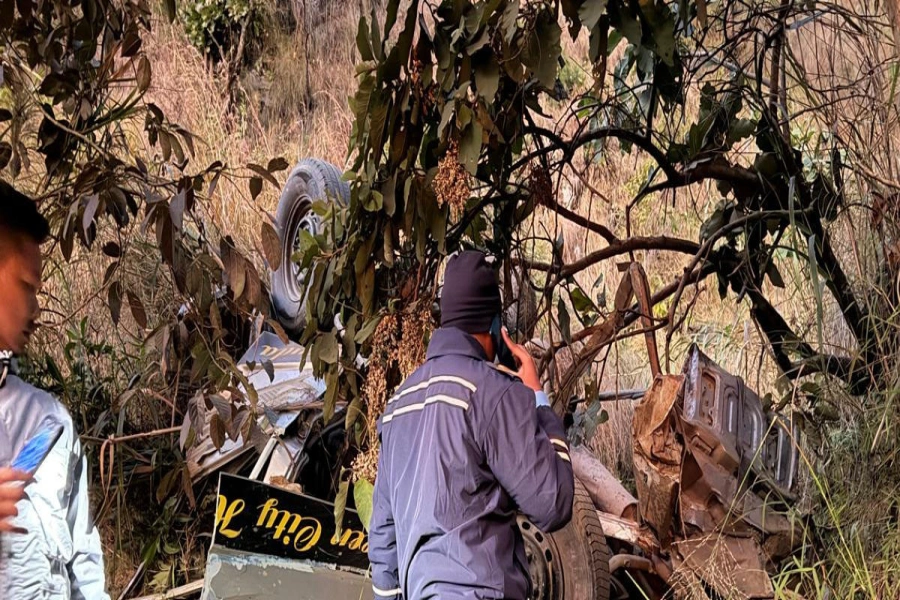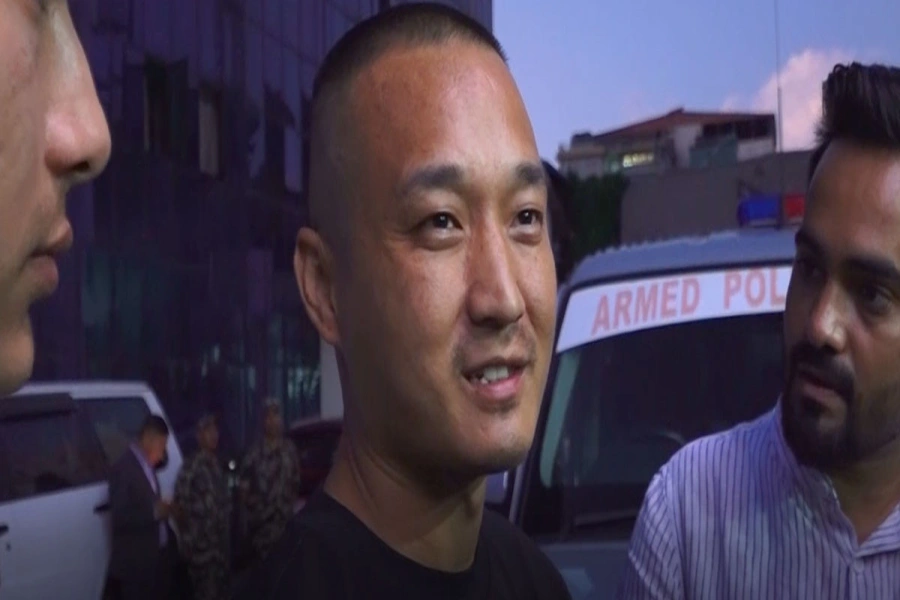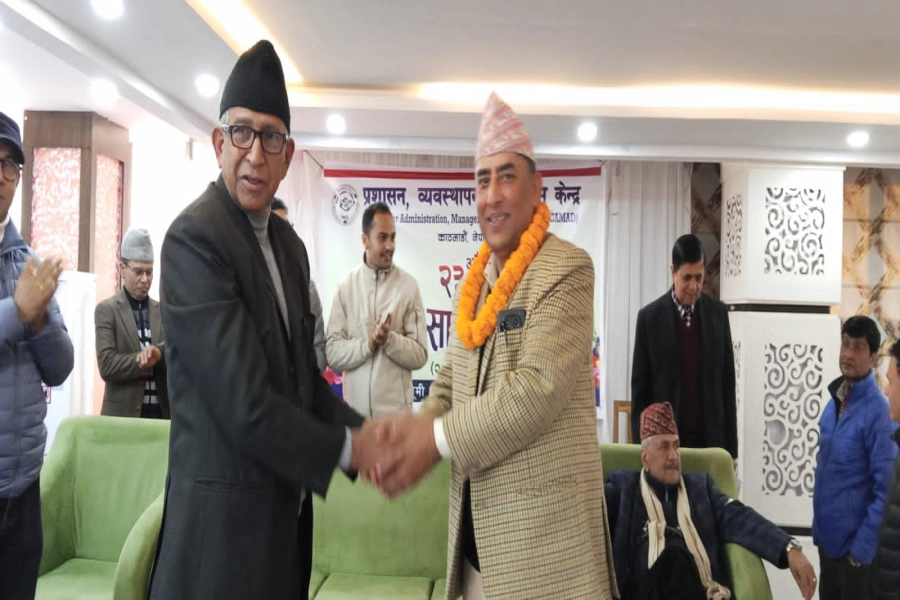With dal, bhat, tarkari there is a certain level of transparency-what you see is often what you get. There is little scope for cutting corners.
If you ask any young folks what they like to eat on a daily basis, the answer more often than not will involve the same list of items – momo, chowmein, pizzas or, these days, literally anything that can be skewered on to a stick.
Despite this menagerie of both local and ‘continental’ (even after all these years I still have no idea of the provenance of that word in a Nepali context or what it encompasses in terms of cuisine) offerings and their ubiquity, there is only one Nepali dish that truly warms the cockles of our heart: The humble dal, bhat and tarkari (DBT) and its many versions. A dish for all seasons that accommodates all manner of tweaks and variations yet still manages to retain its soul.
Dugar Power and Tata Power Renewable Energy join hand to boost...

The humble dal, bhat, tarkari is our own concept of ‘hygge’ – that Danish word used to describe the ritual of enjoying life’s pleasures. Dal bhat is also what you acquaint foreigners with when they come over to Nepal and what they remember long after they have left the country. Sure, they remember the momos too but for sheer simplicity and the feeling of eating what the locals eat, you cannot beat DBT. Also, with dal, bhat, tarkari there is a certain level of transparency – what you see is often what you get. There is little scope for cutting corners. Given the sensitive stomachs of our ‘bideshi’ friends, it certainly beats momos which have an unwritten ‘don’t ask, don’t tell’ policy when it comes to what goes inside them. Hence, on any day, you will find an increasing number of good thakali restaurants doing brisk business catering to this particular demographic.
It’s funny how in the old days a meal wasn’t considered proper if it did not involve dal, bhat, tarkari. Even now, when you are done stuffing your face with snacks at all those weddings, a little ‘dal bhat tarkari’ is in order – just so you have a proper dinner, you know. Our parents always considered everything else ‘junk food’ including momos and their lot. In order for you to indulge in the junk food, you needed to get your daily dose of DBT. Once you have had that at the start of the day, your parents heave a sigh of relief because, according to their logic, a good helping of dal bhat tarkari is enough to get you through the day, come what may. I would find it really funny when people in Kathmandu ate what is basically their lunch at nine in the morning and went to their offices, right until I started doing it and it quickly became a ritual of sorts.
It has its own special place in our national consciousness. For people of a certain age, DBT is a way of life that cannot be compromised on. It is as indispensable as breathing or drinking water. On a tour of Italy last year, I felt bad for my father-in-law who, on a diet of pizza and pasta and other assorted foods, was getting pretty homesick for dal, bhat, tarkari. Not the Indian variety, mind you, because dining in Indian restaurants did nothing to alleviate this problem.
While it’s natural for foreigners to assume many similarities with Indian food, our DBT is entirely different as any amateur cook will tell you. We have our own spices and pickles that make our version, and it’s many variations, markedly different from others out there. Anyway, when we went to a brother-in-law’s house for some Nepali food, it was perhaps the best time my father-in-law had during his entire tour. In fact, I would go out on a limb and say that in a foreign country this is what people miss most after their families.
For a simple meal, it has a lot of uses. Add ‘masu’ to it and it becomes a bribe to lure voters with. Offer it as lunch at an office and it is considered a perk of the job. Call people over for ‘khana’ – colloquial speak for DBT – and it’s a good way of furthering relations.
It’s a pity that, in this age of diets and food fads, our DBT gets a bad rep for being calorie heavy when in fact it is probably no more calorific than a lot of other ‘meals’ we tend to eat. Notice how the first target for anyone looking to lose weight is to cut off rice from his diet? Well, it has endured because of its versatility and will probably be here long after the latest food trend has come and gone because good old dal, bhat, tarkari is the fuel this country runs on. Enjoyed from the hills to the plains, it is cheap, efficient, and perhaps as close to a national dish as we can hope to get.
The writer loves traveling, writing, and good food when he is afforded an escape from the rat race. He can be contacted at gunjan.u@gmail.com






































